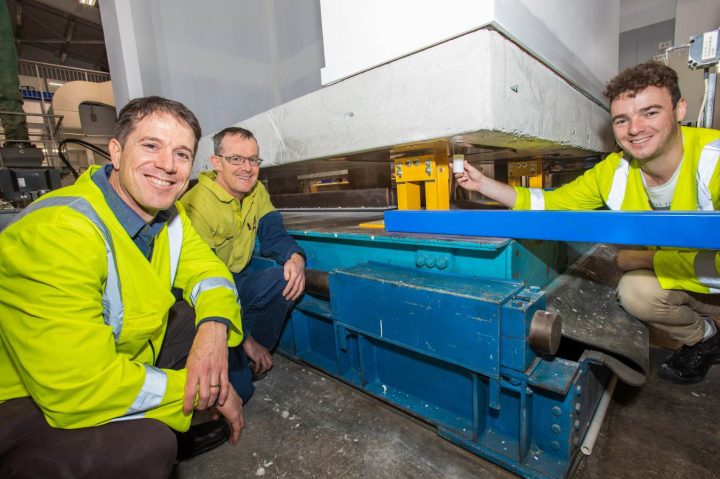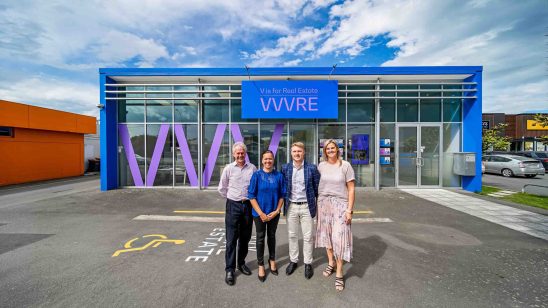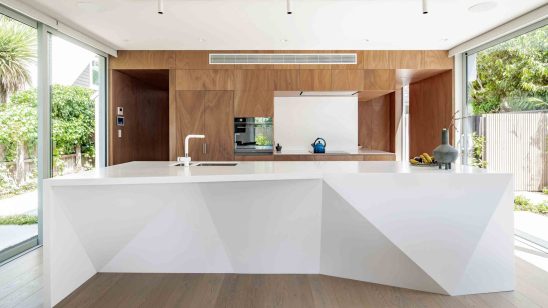
Quake protection
Canterbury engineers are moving forward with plans to manufacture a new base isolation system that will make Kiwi houses safer in an earthquake.
Aprototype of the system was tested last year by a University of Canterbury team, led by Civil and Natural Resources Engineering Professor Tim Sullivan and postdoctoral fellow Tom Francis. The project team has now won $40,000 funding, from KiwiNet’s Emerging Innovator Programme, to develop their innovations.
Dr Francis says next year they plan to set up a company to supply the devices to housing developers, and oversee their construction.
“I’m developing another prototype – we’re calling it a phase two system – which will have even more cost-effective construction than our original design. The testing we did of the original system using a shake table in the Structural Engineering Laboratory went even better than we expected and showed that the device we’ve created does help prevent damage to residential houses in a large earthquake.”
The base isolation system is designed to help homeowners avoid costly repairs and stressful insurance claims in the event of a major earthquake.
Testing showed that it limits building deformation, preventing damage to walls and cladding, and keeps floor and roof accelerations low which helps to protect building contents.
Results showed the base isolation units were effective and would have withstood the 2010-2011 Canterbury quakes and 2016 Kaikoura earthquakes (7.1 and 7.8 magnitude respectively), as well as an Alpine Fault scenario, without the room needing any repairs.
Professor Sullivan and Dr Francis’ goal is to keep the seismic system as low-cost as possible so it can be widely adopted by homeowners around the country, making their houses significantly safer.
“We think what we’ve come up with will prevent damage, and it doesn’t cost an arm and a leg. It also promises to reduce the disruption caused by a major quake, helping communities recover more quickly,” Professor Sullivan says.
Base isolation systems are primarily used in commercial or civic buildings in New Zealand because they are usually expensive and require specialised engineering. The aim with the new residential system is to keep the total cost of manufacturing and installing the base isolation system to less than five percent of the total construction cost for a house.



